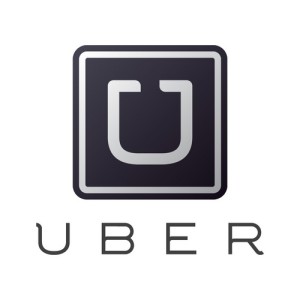By Micheline Maynard
When it comes to the way we get around, we’ve gone from owning to renting to summoning. And the way we think about transportation will never be the same. 
Let me explain what I mean. For the past century, until about 2007, there was a pretty simple way that we used automobiles. We went out and bought them, or some of us leased them. If you wanted a car at your beck and call, you plunked down your money, and parked one on the street or in a garage.
There were rental car companies, but the fee structure was such that it eventually was cheaper just to buy a car than to rent one. You could pay in a week for a rental what a car cost to own for a month.
The door cracked open in 2007, when ZipCar came along. Now, you didn’t have to rent for a week, or a weekend, or even a day. You could use a ZipCar for a few hours, then take it back.
Now, you don’t even have to take some car sharing cars back. Nor do you have to go anywhere to find transportation. You simply summon it, use it as long as you like, and go wherever you like.
The app that is leading the way in this change is Uber, and it promises to transform the way we get around in the way that the automobile did a century ago. There’s a fascinating look at how this is happening by Kevin Roose in New York Magazine.His story is called, “Uber Might Be More Valuable Than Facebook Someday,” and he walks through how Uber has become the hottest company in the eyes of the technology community, even though what it mainly does now is act as a smartphone taxi service.
To understand Uber, you have to understand Amazon, which started out as a book-delivery service, and which has swelled to deliver just about anything you could want to buy — coffee, movies, clothing, groceries, electronics. As Roose puts it, “Now, when you think of Amazon, you don’t even think books, or any other single category. You think, “Here’s a place I can go to get stuff.”
If you look at it that way, Uber has the potential to be more than just a way to summon a taxi. Here’s what Roose says.
“Uber wants to become ‘a digital mesh’ capable of providing all kinds of transportation and logistical services to people in the cities it serves. Once it has you summoning cars from your phone, the logic goes, it can use that same back-end technology to hook you in for all other kinds of deliveries — food, clothes, Christmas trees.
And eventually, like Amazon, it can become something akin to an all-purpose utility — it’ll just be a way you get things and go places. There’s a reason the company recently changed its tagline from ‘Everyone’s private driver’ to the much broader ‘Where lifestyle meets logistics.'”
One of the smartest people I know in the business world recently told me that the key to success over the rest of this decade won’t be in producing products. It will be in getting them from Point A to Point B. UPS, for instance, doesn’t want to be seen as a package delivery company any more. It wants you to view it as a solution to your company’s logistics needs.
As New Orleans learned during Katrina, and New York learned during Sandy, the businesses that best survived the storms were those that had access to information technology and transportation. You had to be connected, and you had to be able to move.That’s really the future that we are looking at. As long as you can get somewhere, it no longer matters how you get there, whether you own a vehicle or a bicycle, use your own two feet or take a public transportation system. You can use whatever form of transportation system you want, for as long as you want it, and just close the door behind you when you’re done.
Roose sees it that way, too. He notes that Uber just arranged for $2.5 billion in low-interest loans to Uber drivers. That will make it possible for up to 200,000 people to buy cars at low interest rates, locking them in to working for Uber, and making those cars available to pick up Uber customers.
Roose writes, “As Uber rides become cheaper and cheaper, there will be less need for people to own their own cars. This is already happening, to some extent. But it will become more plausible as prices come down.”
We know that there are always going to be people who want their own cars. We know that there is a sizable community of automobile enthusiasts. Just look at the whopping coverage of the new Ford Mustang last week, for example. (Read what our friends at Jalopnik wrote here.)
But, for anyone who has decided automobiles are not the center of their lives, Uber is going to be a way they get around. And all they have to do is tap on their phone.
